M. TİBET ALTUĞ, M.D.
Orthopedic Surgeon
Consult with an Expert Regarding the Most Current Treatment Methods in Orthopedics and Traumatology!
M. TİBET ALTUĞ M.D.
Orthopedic Surgeon
Dr. M. TİBET ALTUĞ graduated from Hacettepe University Faculty of Medicine in 1990. Since joining the orthopedic and traumatology community in 1991, he has participated in numerous congresses and training programs both domestically and abroad.

Patient Focused
We offer a healthcare service that is personalized to each individual and their relatives, respecting patient rights.
Quality and Trust
We provide our services to the highest standards, in a transparent and reliable manner.
Experienced Team
We work with experienced professionals in the field.
Contact
We establish strong communication with our patients and their relatives.
Current Approaches
We apply the latest technologies and methods in health services.
Orthopedic Treatments

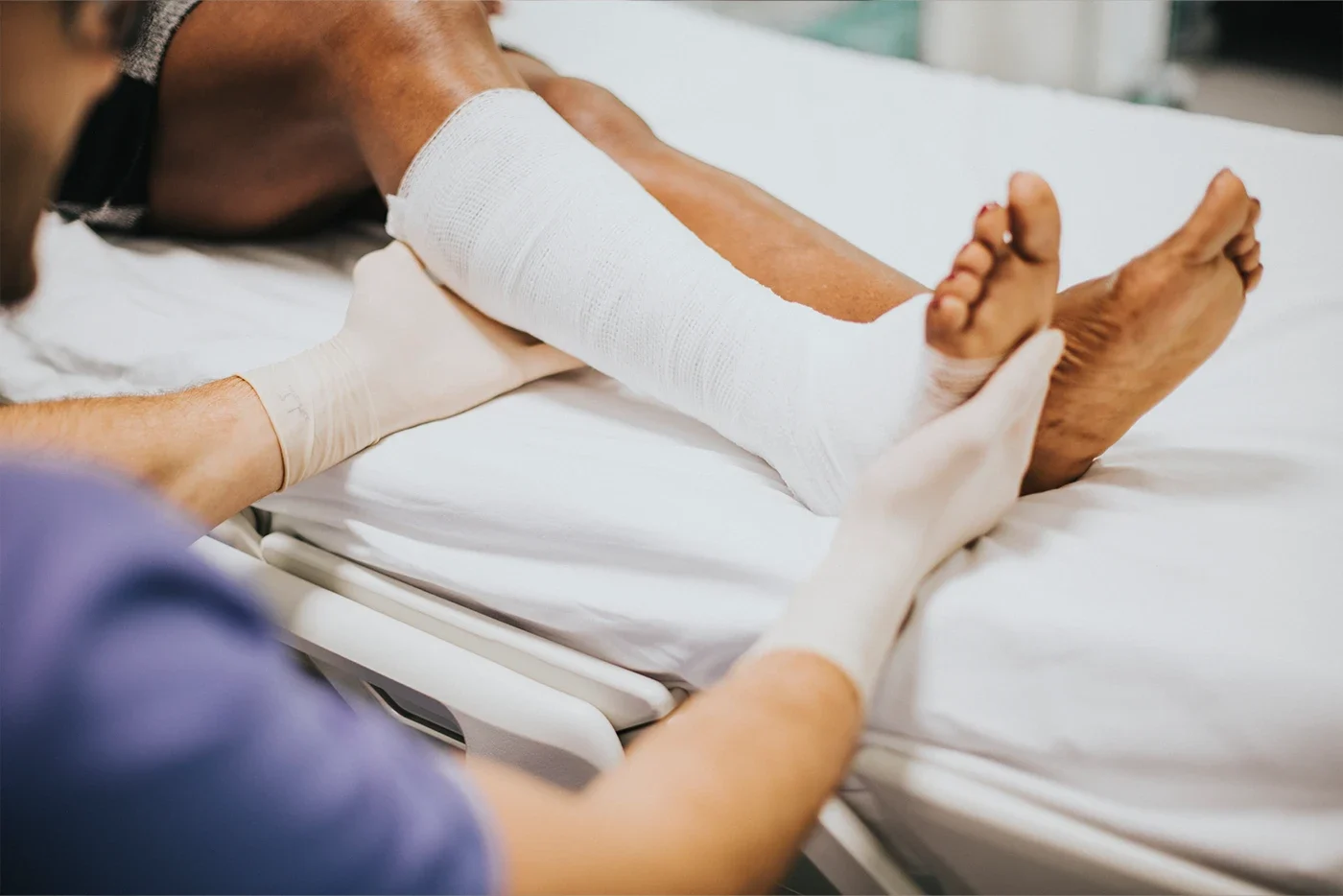
M. Tibet Altuğ M.D.
Fracture Surgery
The non-surgical method in fractures gives more successful results in pediatric fractures due to its remodeling feature.
Failure to obtain adequate results in closed reduction
Intra-articular fractures (if there is more than an acceptable distance between the fragments)
Fractures whose position cannot be maintained with plaster or splint
Fractures that will not union well if not operated due to the nature of the area where they occur
Non-union or malunion fractures after non-surgical treatment
Fractures that may cause growth problems in bone growth zones in children
Large rupture fractures that may cause muscle or ligament problems that may impair joint function
Pathological fractures due to causes such as tumors

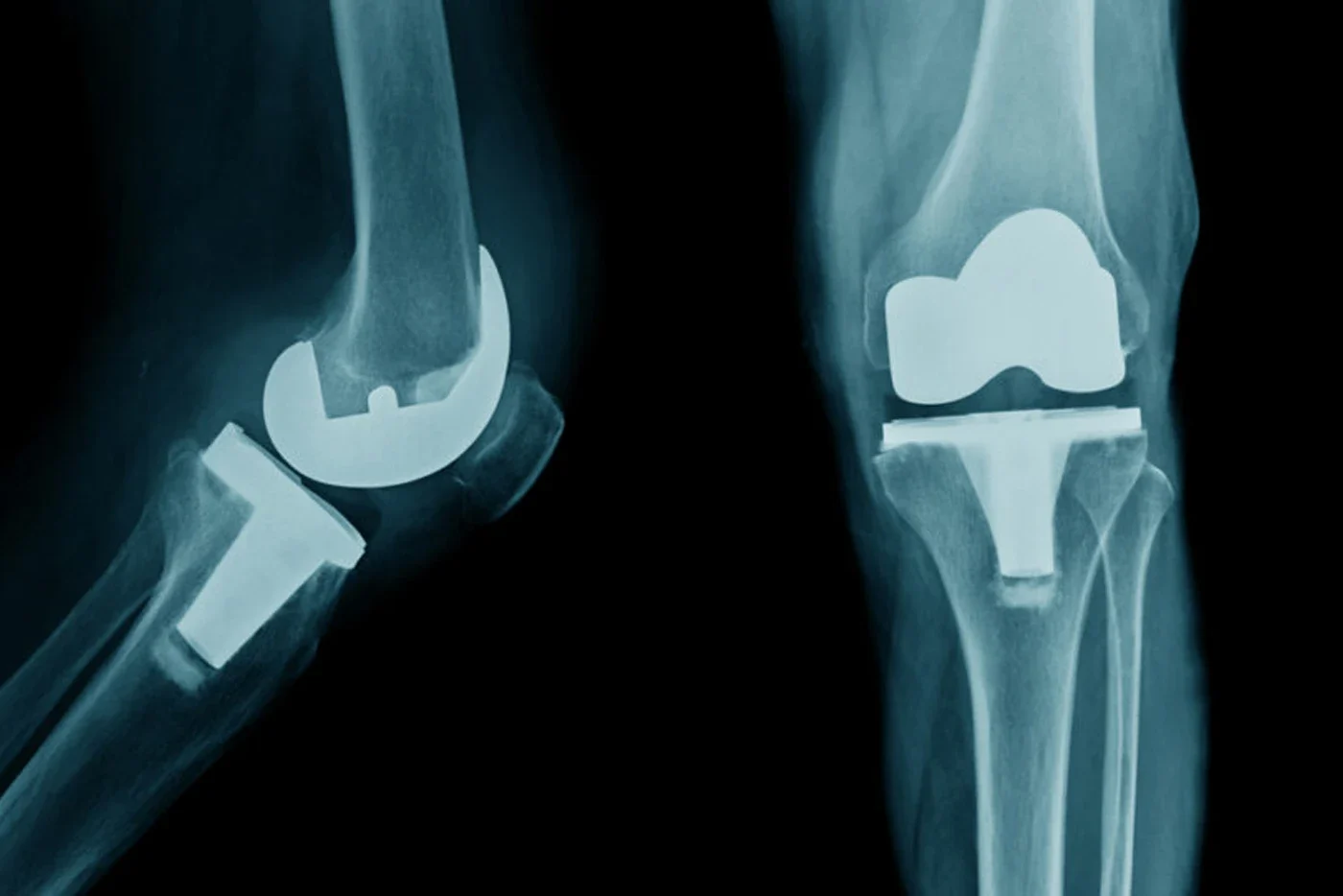
M. Tibet Altuğ M.D.
Knee Replacement / Knee Arthroplasty
After knee arthroplasty surgery, it is possible to participate in various sports activities such as walking, swimming, cycling and personalized programs. Knee joint replacement (knee arthroplasty) surgery has been practiced since the 1960s. The rapid development that started in the 1990s continues today.
In this surgery, the worn surfaces of the knee joint are replaced with artificial surfaces. Knee arthroplasty is one of the most common orthopedic surgeries performed today.
While sports such as swimming and golf are allowed after surgery, activities such as running and man-to-man combat sports are not allowed.

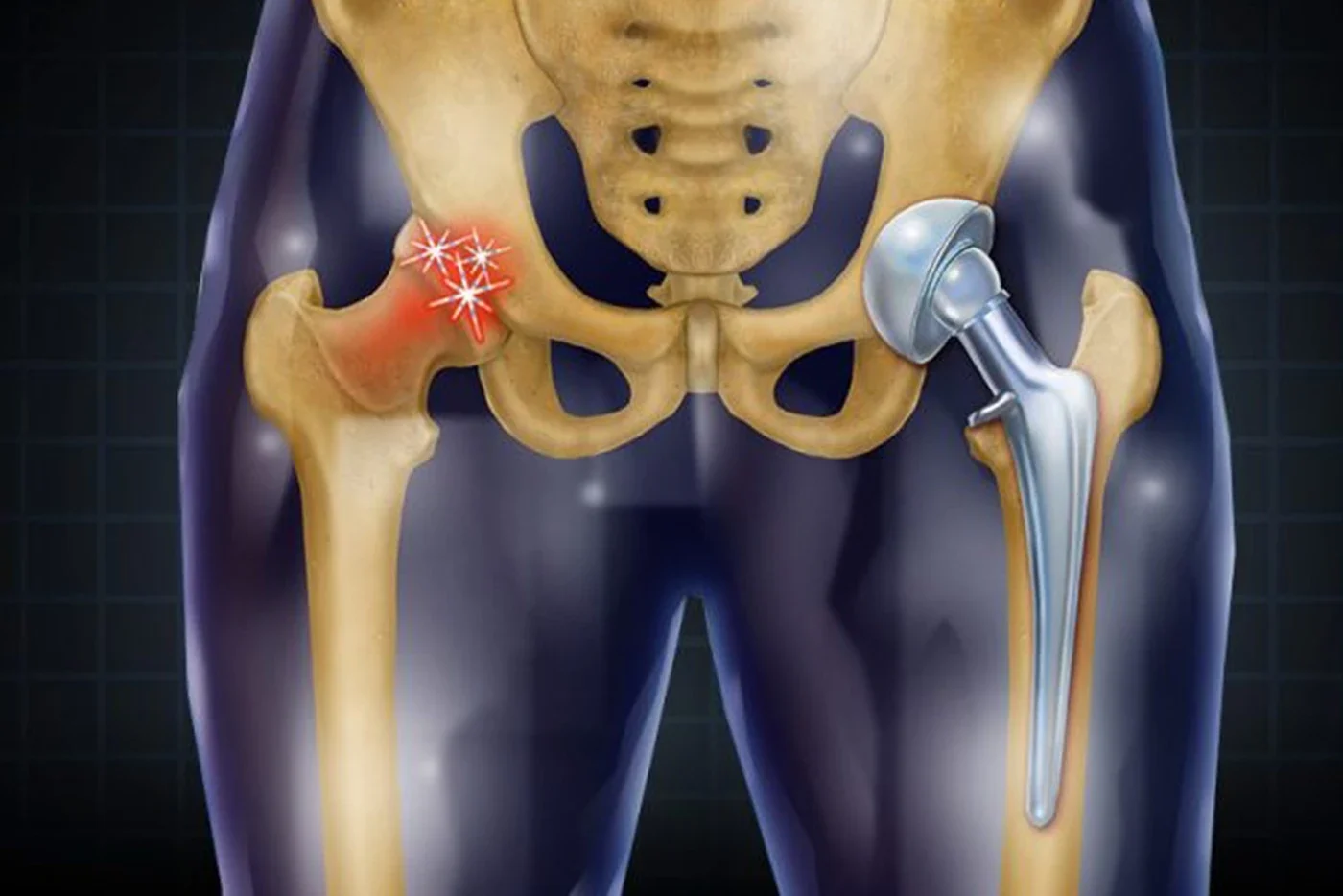
M. Tibet Altuğ M.D.
Hip Replacement / Hip Arthroplasty
Correct patient selection, careful preparation period and good postoperative rehabilitation are of great importance for a successful outcome in hip arthroplasty surgeries.
Hip joint replacement (hip arthroplasty) surgery has been practiced since the 1920s. The rapid development that started in the 1980s continues today.
This surgery, which can be defined as the replacement of worn joint surfaces in the hip joint with artificial surfaces, is widely practiced today.
Prosthesis life span, which was reported to be 10 years on average in the 1970s, is now reported to be 20 years or more in 85% of patients. Different prostheses have been developed due to medical necessity.
When deciding before hip replacement surgery, be sure to ask your physician whether you are a suitable patient for this operation, your expectations from the operation, the operation process, the changes you need to make in your life after the operation, and any problems that may occur during or after the operation.
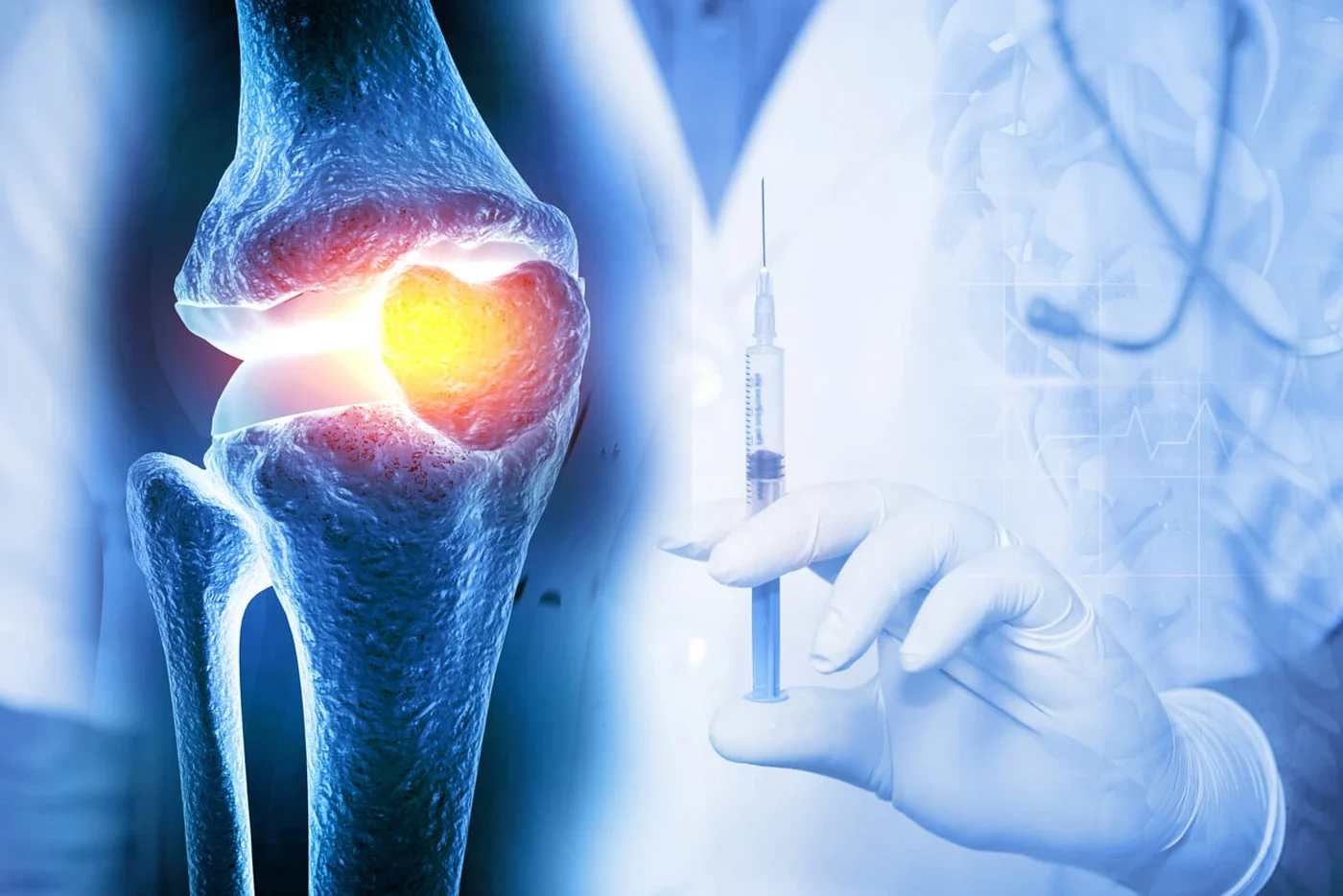

M. Tibet Altuğ M.D.
PRP in Orthopedics & Traumatology
PRP is used for tendon problems, chronic enthesopathies, ligament problems, cartilage lesions, muscle problems in the shoulder, to reduce bleeding after prosthetic surgery, to support wound healing and fracture union in diabetic patients. PRP (platelet rich plasma) has been widely used in recent years for various medical problems.
Mediators in the alpha granules in platelets and proteins in the cell such as fibrin, fibronectin, vitronectin, osteocalcin, osteonectin play a role in treatment.
Using special materials produced to prepare PRP, platelets can be obtained 5-8 times more dense than blood.
PRP is widely used in various medical disciplines. In orthopedics and traumatology, PRP is used for tendon problems, chronic enthesopathies, ligament problems, cartilage lesions, muscle problems in the shoulder, to reduce bleeding after prosthetic surgery, to support wound healing and fracture union in diabetic patients.
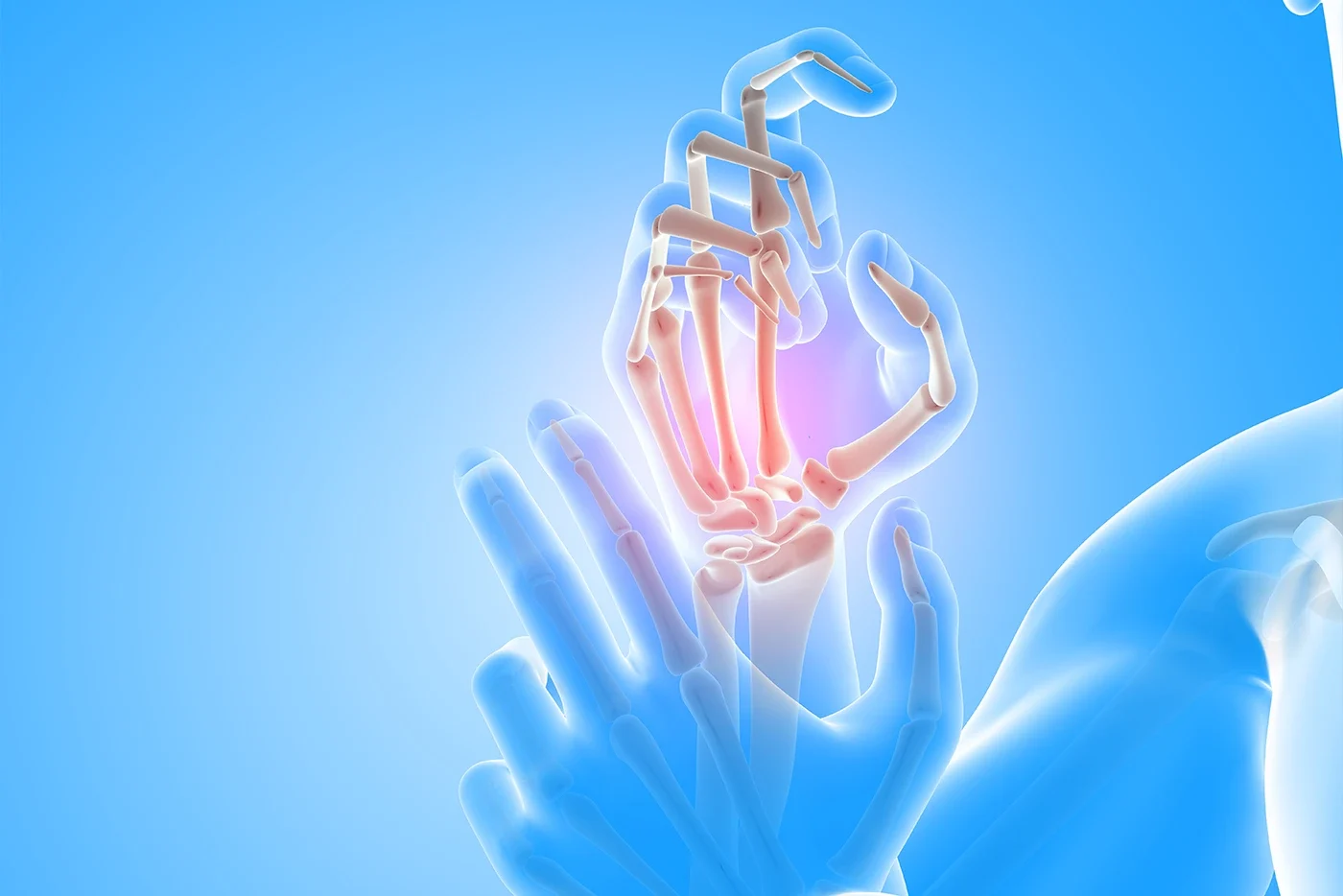

M. Tibet Altuğ M.D.
Carpal Tunnel Syndrome
In Carpal Tunnel Syndrome, as the disease progresses, muscle wasting is observed in the parts of the palm close to the thumb. Carpal tunnel syndrome is caused by compression of the median nerve at the wrist level.
There is numbness and tingling, more pronounced in the thumb, index finger and middle finger. As the disease progresses, muscle wasting is observed in the parts of the palm close to the thumb.
Patients complain that their sleep is interrupted by pain in the same area at night. Carpal tunnel syndrome can occur in people who work with hand tools such as wrenches, screwdrivers, people who write on keyboards for a long time, people who play guitar, violin, some diseases (hypothyroidism, rheumatoid arthritis, diabetes) or pregnancy.
The diagnosis is made with a careful examination and EMG (electromyography). Non-surgical methods (splinting, painkillers) can be tried in the early period. Surgical treatment is applied in the advanced stages of the disease.


M. Tibet Altuğ M.D.
Who is a Candidate for a Prosthesis?
In advanced stages of arthritis (arthrosis), prosthetic surgery is a treatment option.
The person is using painkillers at an increasing level over time
Pain during movement or at rest, even at night, enough to interrupt sleep
Gradual decrease in walking distance
Inability to walk without pain
Difficulty in daily activities (such as putting on shoes or socks, climbing stairs, sitting and standing)
Difficulty in performing tasks independently or living alone
Limited joint mobility and/or deformity
If you are experiencing symptoms similar to these, it is advisable to consult your doctor.
M. TİBET ALTUĞ M.D.
Arthroscopic Surgery
Arthroscopic surgery is widely practiced today because of its advantages.
- It can be used for both diagnosis and treatment.
- The risk of damage to surrounding tissues is much less than open surgery.
- Postoperative pain is less.
- The scar is much smaller compared to open surgery.
- The healing process is shorter.
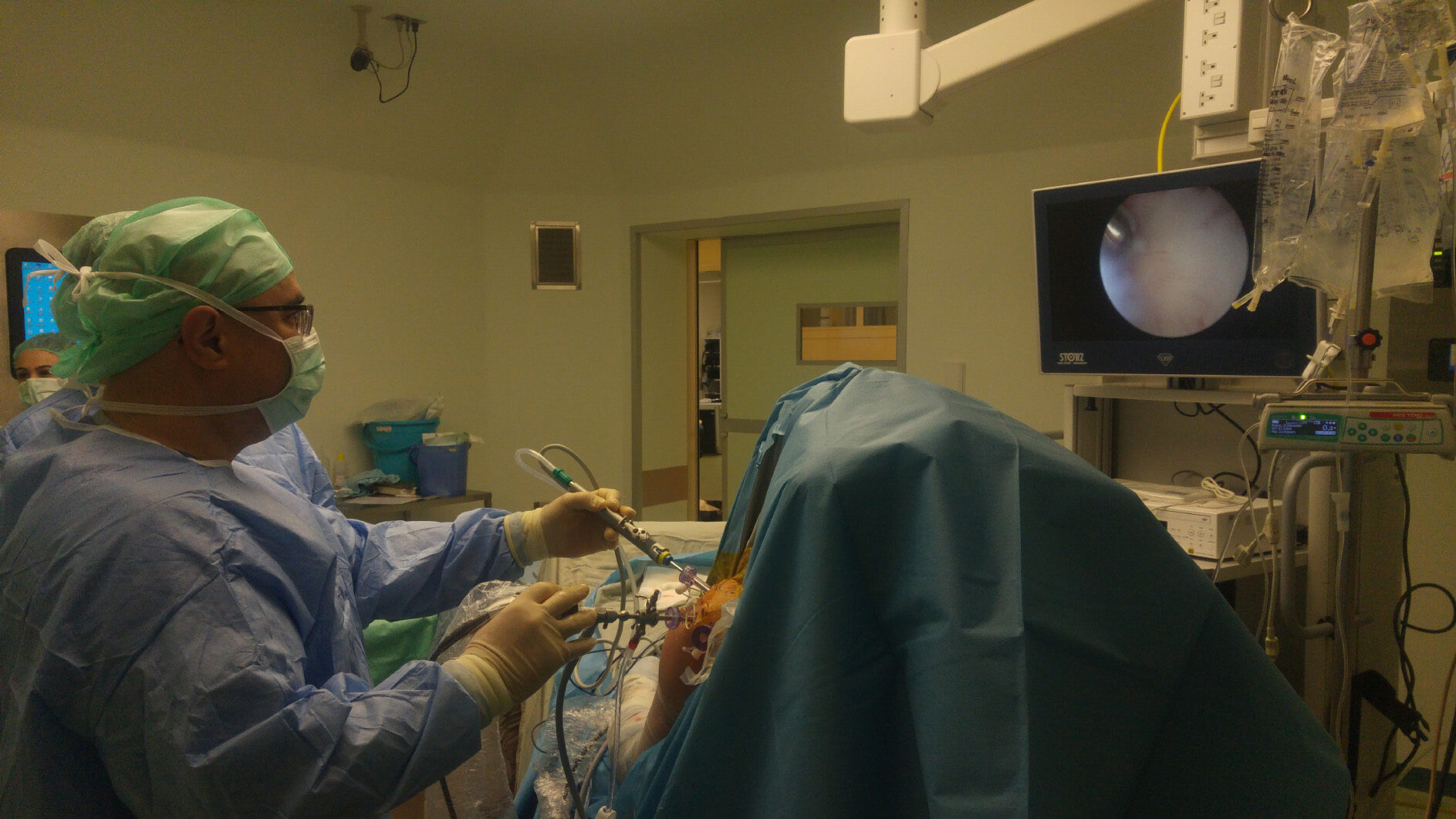
Orthopedic Diseases

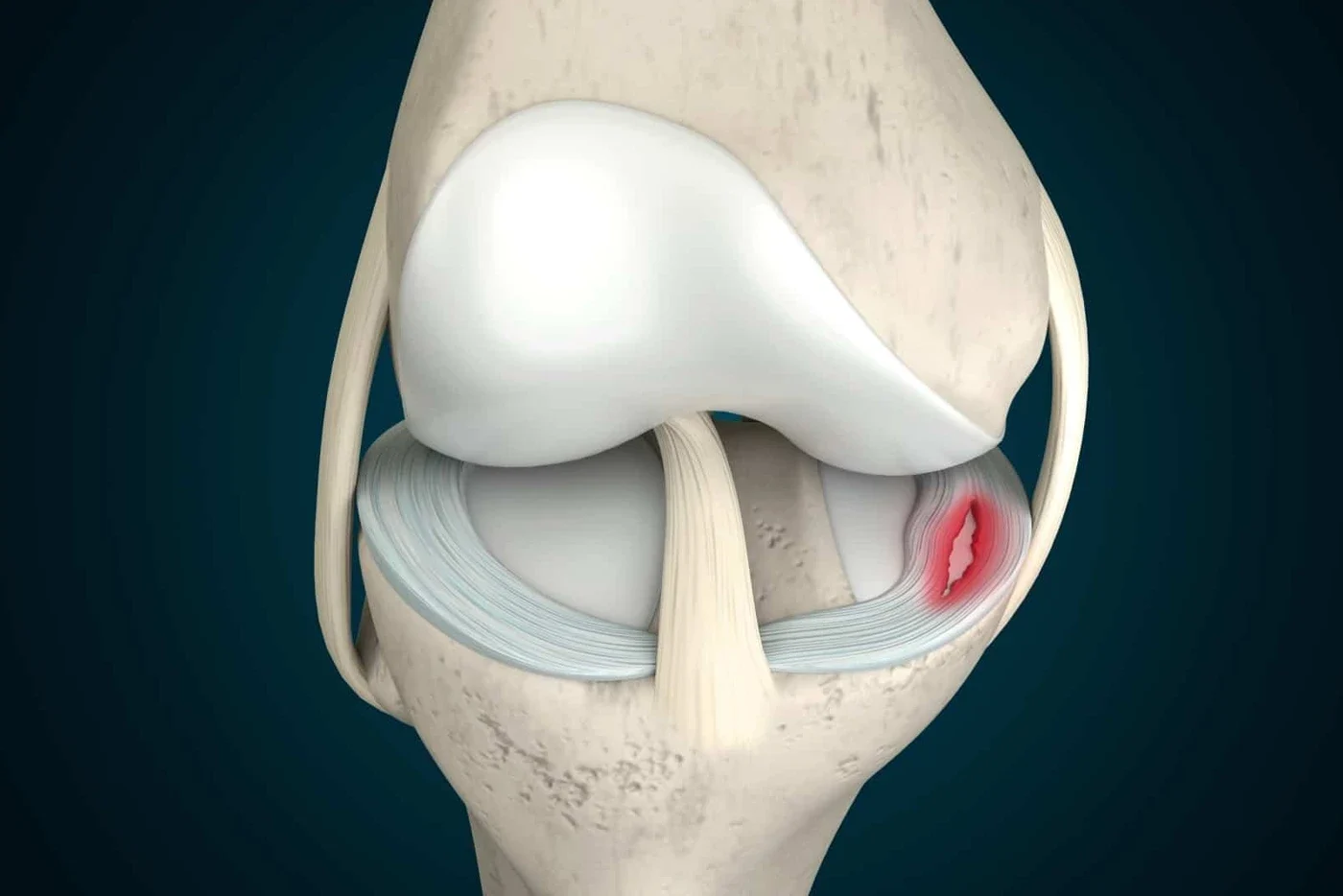
M. Tibet Altuğ M.D.
Meniscus Tear
Surgical treatment methods:
Menisectomies: Partial or complete removal of the meniscus. The less meniscal tissue is removed, the more favorable the long-term results are. Only the part that causes mechanical problems in the joint (snagging, locking) is removed. After this arthroscopic (closed) surgery, the patient can return to his/her daily life in a short time.
Meniscus repair: Considering the function of the menisci, the importance of meniscal repair is better understood. Not all meniscal tears are suitable for repair. However, for tears that are suitable for repair, repair should be performed. In knees without ligament problems, the chance of success has been reported as 70-95% in different studies, regardless of the technique applied.
Menisküs nakli: It has been practiced for more than fifteen years. It is used for patients whose complaints persist after partial or complete meniscectomy. However; the candidate patient should not have any alignment problems in the lower extremities, ligament and serious cartilage problems in the knee.


M. Tibet Altuğ M.D.
Cruciate Ligament Injury
Anterior cruciate ligament injury most commonly occurs during sporting activities. Seventy percent of those with ACL injury report rotation of the knee. Swelling in the knee occurs in the first 24-48 hours after injury. In the long term, feeling of insecurity in the knee is the most common problem. ACL injuries may occur alone or in combination with injuries to the meniscus, cartilage or other ligaments. Therefore, it is important to perform a careful physical examination and necessary radiologic examinations.
Non-surgical treatment: Partial tears, low-energy ski injuries are suitable candidates for non-surgical treatment. Non-surgical treatment includes strengthening the muscles around the knee and proprioceptive (positional sensation) exercises. In addition; rehabilitation training programs, hiltherapy (high intensity laser), matrix rhythm therapies can be used. In addition, regulation of sporting activities (such as avoiding man-to-man combat sports) is also helpful.
Surgical treatment: Athletes involved in sports such as soccer, basketball, handball and tennis usually cannot return to sports without surgery. For amateurs involved in these sports, surgery is also recommended to prevent additional injuries (cartilage, meniscus).
In addition, ACL reconstruction should be performed in people who perform intense physical activity due to their profession (soldiers, police, firefighters). However, ACL reconstruction may not be necessary for every athlete.


M. Tibet Altuğ M.D.
Shoulder Problems
Rotator sheath tears are classified according to their size and depth (full-thickness, non-full-thickness). Non-full-thickness tears are defined by indicating location and depth. Surgical or non-surgical treatment options are evaluated by taking into account the type of tear, time of occurrence, size, patient’s age, expectation, condition of the muscle to be repaired (whether there is fatty degeneration), presence of arthrosis (calcification) in the shoulder, presence of nerve damage, presence of chronic infection.
Non-surgical treatment: It is more preferred in elderly patients. Avoidance of movements that affect pain, ice application, pain-relieving drugs, physical therapy, subacromial steroid injection and PRP injection, which has become popular in recent years, are among the methods applied. The shoulder is an easily injured joint due to its structure. Sequential exercises suitable for joint kinematics should be recommended during rehabilitation in the shoulder with impaired muscle balance due to a tear.
Surgical treatment: Full-thickness or non-full-thickness tears that do not respond to non-surgical treatment, all acute traumatic tears under sixty years of age, tears that cause acute loss of strength and motion at any age should be repaired unless there is an obstacle to surgery. Repair can be performed with arthroscopic, mini-open and open techniques.

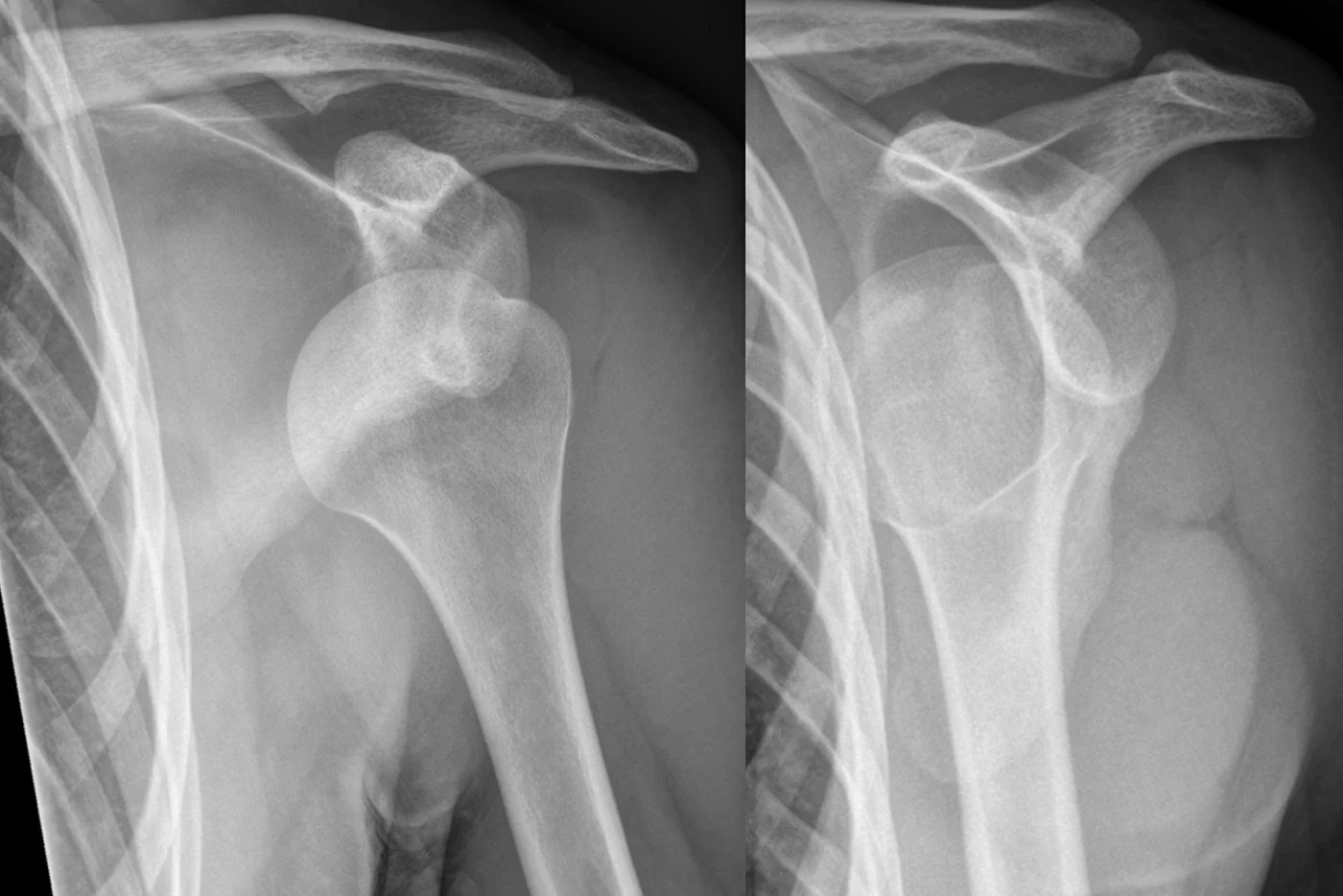
M. Tibet Altuğ M.D.
Shoulder Dislocation
Posterior instability: 2-5% of all shoulder instabilities. Trauma is the cause in half of the patients. It may occur after electric shock or epileptic seizure. It is typically caused by forcing the arm posteriorly with the arm extended forward, turned inward and close to the trunk. Conservative treatment methods must be applied. Surgical treatment is applied when conservative treatment fails or in patients who play sports.
Multidirectional instability: The shoulder ligaments are generally flexible. It is most common in the twenties and thirties. It causes complaints such as pain, feeling of jumping or tripping in the shoulder, feeling of insecurity in the shoulder during sleep, difficulty in throwing and carrying objects. Non-surgical treatment is based on rotator sheath strengthening, scapular kinematics and proprioceptive exercises. Surgical treatment is recommended if conservative treatment fails to achieve adequate results and if there is pain and insecurity in daily and sportive activities.
Chronic dislocations: They are usually associated with a fracture involving the joint. Half of the posterior dislocations may be missed. If there is no severe loss of function in elderly patients and surgery is risky due to general health status, surgical treatment is not performed. Closed reduction can be attempted in suitable patients up to 3 weeks after dislocation. In surgical treatment; open reduction, repair of bone loss, arthroplasty can be applied.
SLAP lesions: Damage to the upper part of the labrum. It is most commonly injured by pulling and throwing objects in the arm.

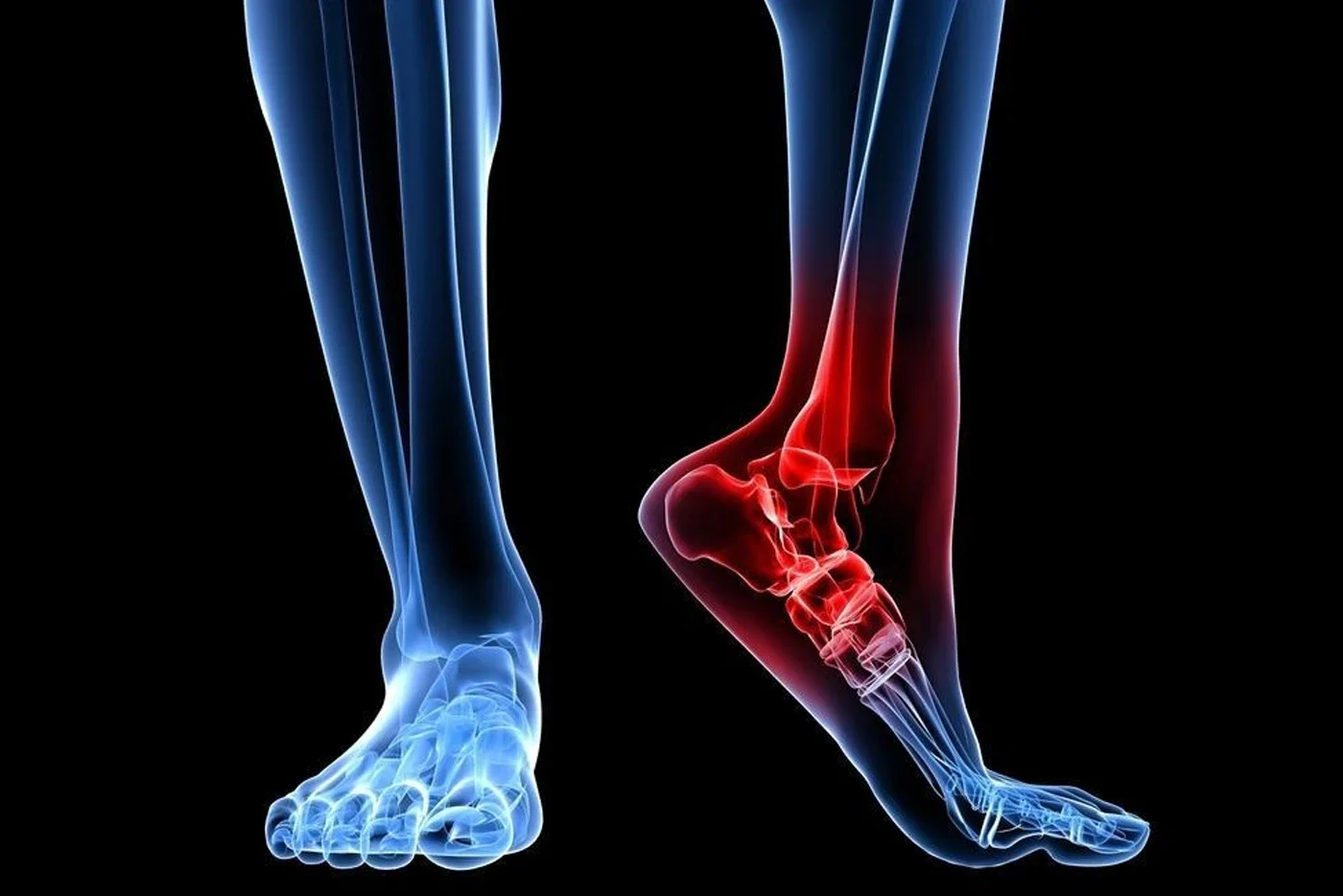
M. Tibet Altuğ M.D.
Achilles Tendon Injuries
Afterwards, long follow-up visits are required, taking into account wound healing.
The Achilles tendon is the largest tendon in our body. Its main function is plantar flexion of the ankle. The retrocalcaneal bursa and superficial bursa contribute to the lubrication of the tendon. There is a tissue called paratenon around the tendon. The paratenon is not a true tendon sheath. Therefore, there is a poorly nourished area on the Achilles tendon, 2-6 cm from the heel attachment site. This area is a risk area for injuries.
Acute tendinitis: The most common cause is strain causing inflammation within the paratenon and in the retrocalcaneal bursa. It is usually caused by unaccustomed distance walking, increasing the intensity of training or even changing shoes. There is pain, swelling and increased temperature at the site of injury. With non-surgical methods, 90% results are obtained with pain relieving medications, rest, ultrasonography, high intensity laser, banding and splinting, taking into account the stage of healing of tendonitis. Surgical treatment is applied in patients who do not benefit from these applications.
Chronic tendinitis: It is thought to occur after prolonged acute tendonitis. Interruption or inadequate healing in the acute phase predisposes to chronicity. The reasons for incomplete healing in the acute phase should be investigated from biomechanical, metabolic, psychological and postural aspects.

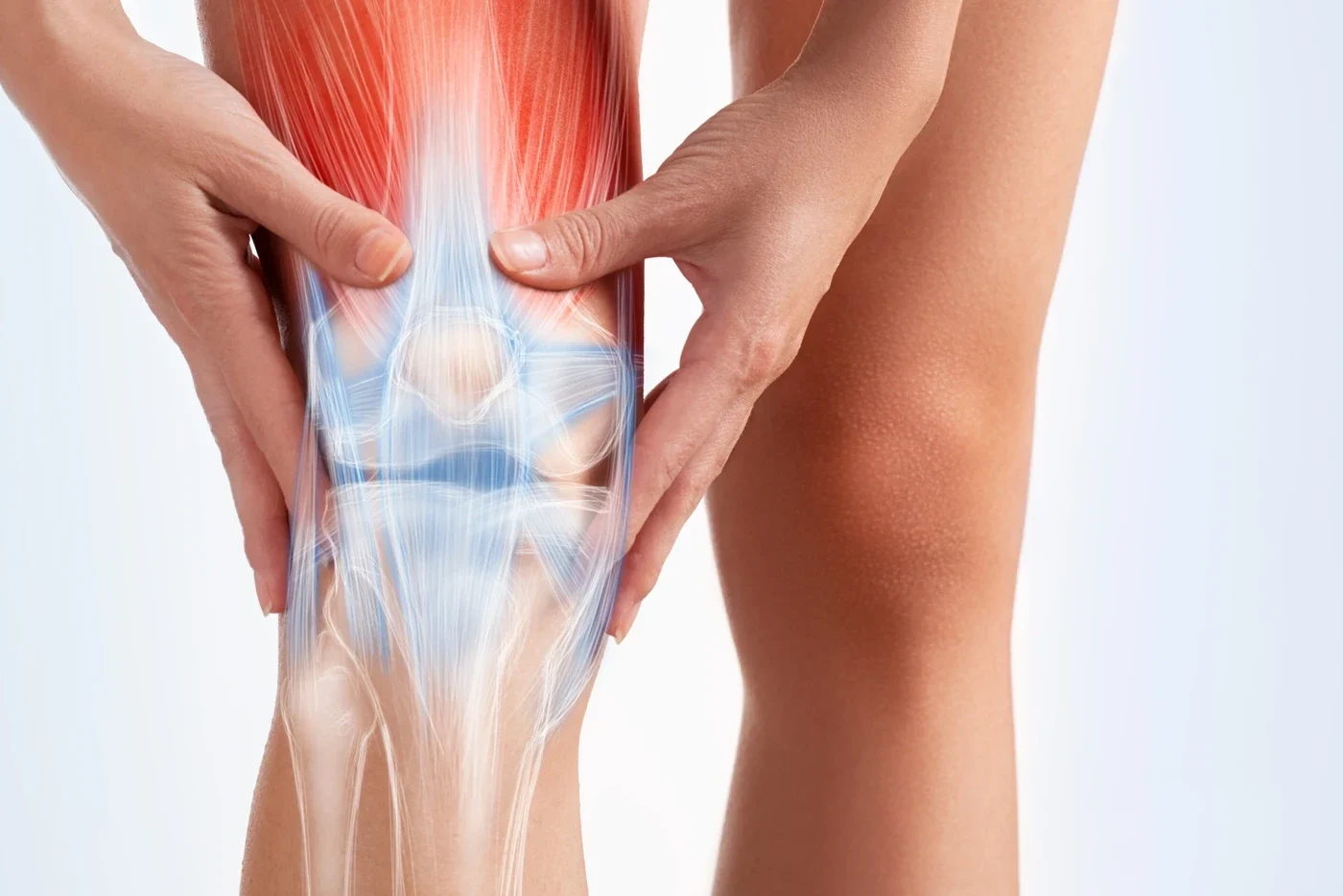
M. Tibet Altuğ M.D.
Osteoartrit
Osteoarthritis, or arthritis as it is commonly called, is a disease caused by the loss of cartilage in the joints.
Osteoarthritis, or arthritis as it is commonly called, is a disease characterized by loss of cartilage in the joints. It is most common in the knee and hip joints. As the disease progresses, pain in the joints, tenderness around the joints, restriction in joint movement and deformity occur.
There are different treatment options depending on the stage of the disease. In the early period; weight loss, non-strenuous home exercises, painkillers can be used. In patients who do not benefit enough from these, intra-articular injections, physical therapy and walking aids can be used. Surgical treatment options should be considered in more advanced stages of the disease.
Joint Health
Pain-free joint movement freedom is essential. A sedentary lifestyle creates a foundation for various health issues.
Healthy Weight
When weight and movement combine, significant forces are generated. When climbing stairs, our knees bear 6-8 times our body weight at certain points. If we are overweight, this load increases even more.
Regular Exercise
It is important to regularly exercise to maintain the strength of the muscles surrounding the joints and to preserve the range of motion of the joints. Imbalances in the strength of these muscles around the joints can cause joint pain.
Good Posture
The first condition for a healthy musculoskeletal system is good posture. Postural disorders not only cause problems in tissues related to the spine but, in the long term, may lead to various diseases in other joints as well.
When Doing Sports
For those engaging in sports, it is necessary to structure their bodies according to the sport they practice. For example, those involved in contact sports must also develop their core muscles. Otherwise, they are at a higher risk of injury.

